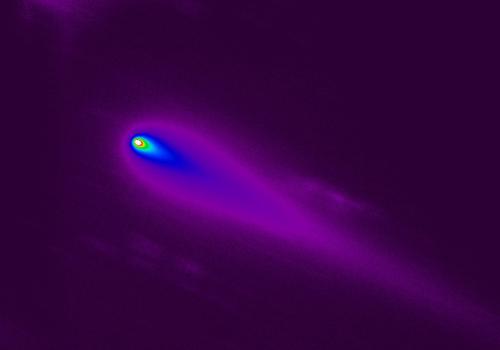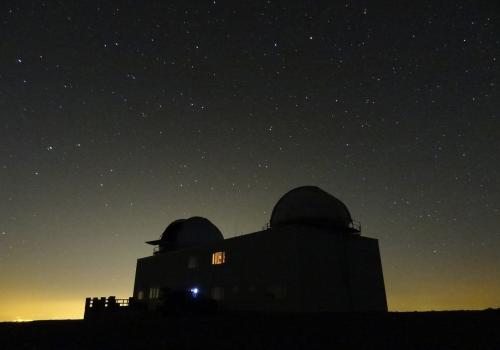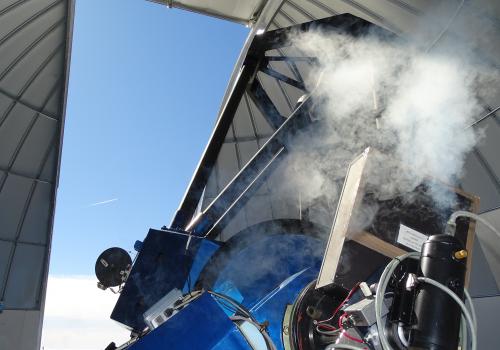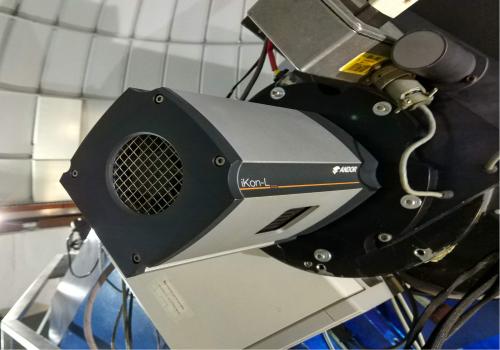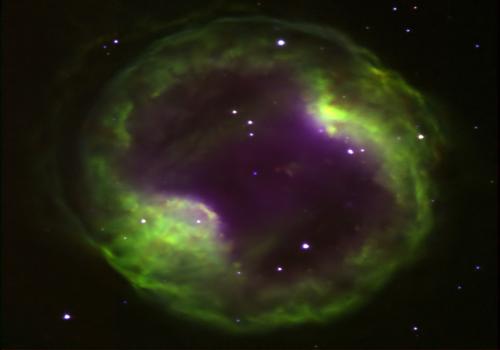

Spectacular fireball seen over Granada on December 11th 2016
At 22:25 local time (21:25 UT) on Monday 11 December, a brilliant fireball crossed the south of Spain. The fireball, which flew over the provinces of Granada and Jaén, could be seen from much of the country and was registered by the fireball detection station at the Observatorio Sierra Nevada.
Read more




